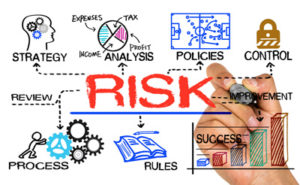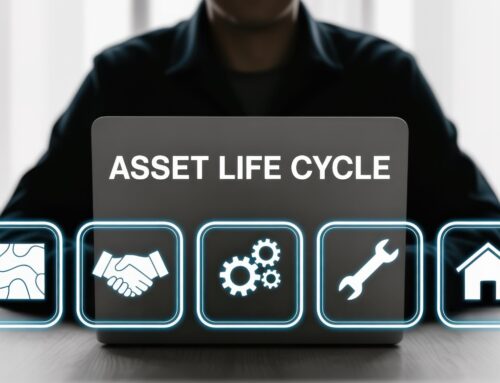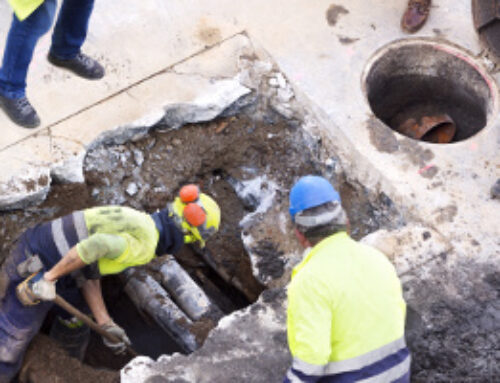
Practicing safety is a lesson that begins with our mother’s teachings and progresses through the phases of our lives. Much in the way of parents, protecting the safety of employees is a manager’s responsibility. Incidents are inevitable, but managing safety training and having a process in place to ensure employees are trained on a regular basis will decrease the frequency of accidents. Unfortunately, it often takes a crisis before safety management improvements are made. So, you can’t afford to ignore the benefits of having one CMMS system maintenance manager solution to track and report on safety training, incidents, and work procedures.
Reporting With a CMMS System
For obvious reasons, failure to report on incidents and safety could be devastating. And furthermore, the workforce under your supervision deserves a safe work environment. With the help of a few common safety acronyms, we will show the immense benefits that come with using a CMMS system solution to track incidents and safety training.
SMP (Safety Management Plan) – the process of developing the framework and procedures to prevent accidents and injuries and minimize safety risk.
Safety incident reports offer a valuable opportunity to learn and improve accountability across departments.
Monitored safety training improves safety drill scheduling, reinforces evacuation procedures, and strengthens compliance and risk management in one CMMS software solution.
Preventative maintenance becomes proactive. Because injuries decrease when incident reports are analyzed to determine the appropriate schedule for maintenance.
OSHA (Occupational Safety and Health Administration) – the agency responsible for ensuring safety at work.
Organizations can impart lessons learned, as well as start new policies to diminish incident recurrence and create a strong safety culture.
Safety incident report information aids in the creation of a safe workplace and decreases the risk of noncompliance fines and penalties.
Have documentation at your fingertips for an unexpected OSHA visit (including incident reports by building, location, equipment, and technician).
Achieve safety compliance as you capture information, such as PM completion dates, average response times, last completed and next scheduled dates, and other critical data points with one simple CMMS system.
RA (Risk Assessment) – an organized process of evaluating potential safety risks associated with the use of equipment or job description.
Report and track incidents by location, type, cause, and description within the maintenance manager software.
Advanced reports automatically notify you of upcoming safety training deadlines, certifications, and license renewals.
LTI (Lost Time Injury) refers to the number of lost time incidents and injuries that require employees to miss work for 24 hours or more.
Lower your insurance claims and injuries when trouble spots are identified before the incidents occur.
Tracking problems and work orders give a complete history of maintenance performed. This delivers useful information to prevent future problems with similar or identical equipment.
Incident information, images, and documentation will route automatically to appropriate personnel and guarantee faster incident response time.
RCA (Root Cause Analysis) – the method used to determine the “root causes” of problems, failures, and safety-related incidents.
Reduce and prevent safety-related incidents when the steps to prevention are documented. This reduces the likelihood of future safety accidents.
Continuously check the workplace for hazardous conditions and stop the use of unsafe equipment before accidents happen.
Assess asset reports by type or condition, revealing incident patterns to detect potential risks. The patterns help identify the appropriate measures, training, and actionable preventative maintenance needed to reduce those risks.
Sadly, 4,500 workers die and more than 2.9 million get injured every year due to preventable accidents. Many of these accidents could have been avoided with better methods of tracking safety training, deadlines, and due dates. So, reporting is critical, regardless of whether you must comply with OSHA regulations. Although CMMS system reporting won’t totally prevent accidents, they will reduce the risks and costs along with ensuring compliance with safety regulations. Maintenance Manager please contact Novo Solutions to learn more.




